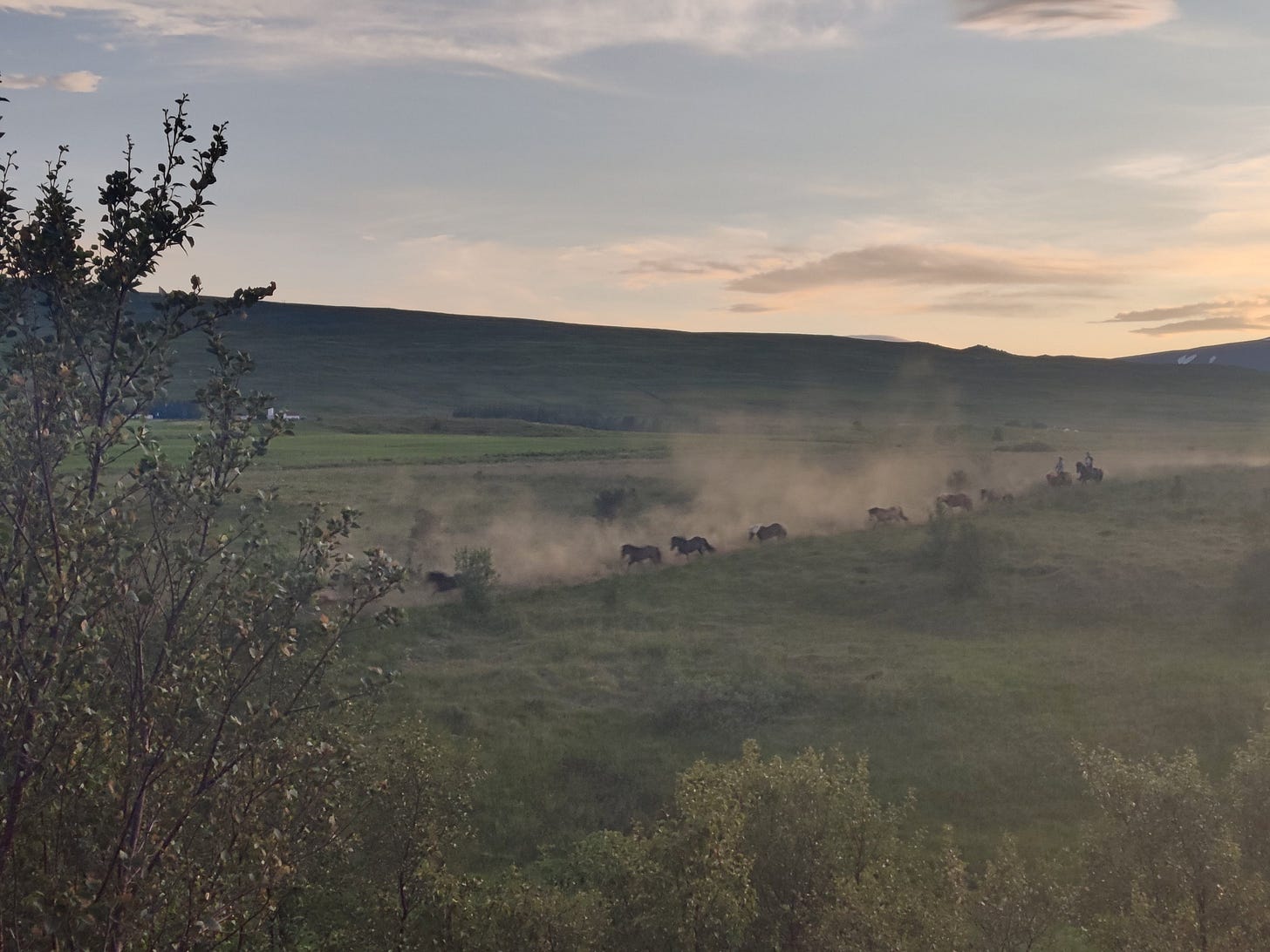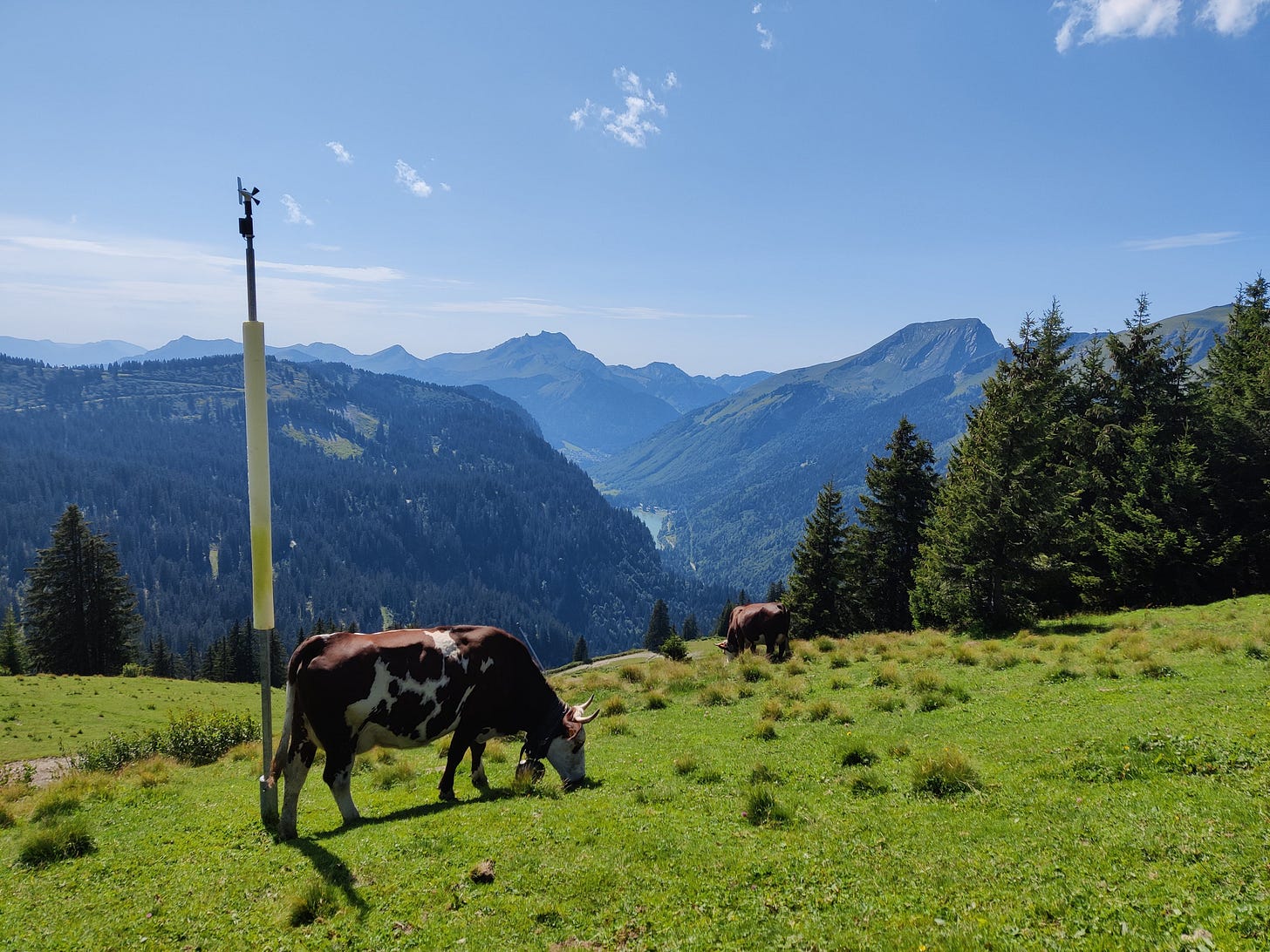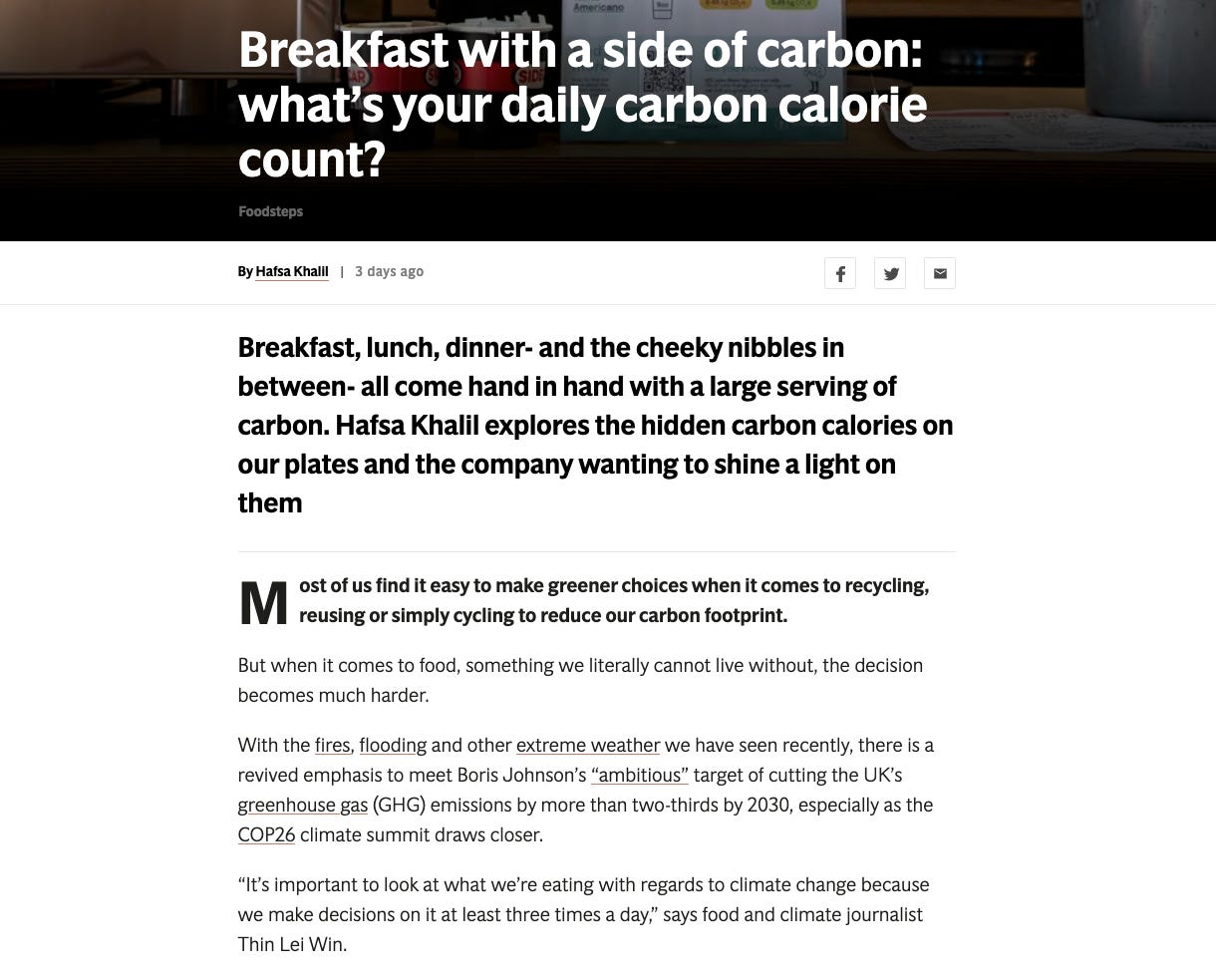When is sharing not caring?
A newsletter about food systems, climate change and everything connected to them
Apparently when it comes to farming.
This is according to a major new analysis from the University of Cambridge, published in the Journal of Zoology, which has fired the latest salvo in the ongoing heated debate between land sharing versus land sparing, as in which one is a better system to produce food without wrecking the planet.
“You can’t convince people to save nature if they are hungry,” said Prof Andrew Balmford, who conducted the latest analysis. “Conservation has to be pragmatic if we are to interrupt an ecological catastrophe.”
So let’s dive in. Also, sorry the newsletter is late. Silly of me to think I wouldn’t be busy this week.
THE PROBLEM
Us.
No, really.
Human’s voracious appetite for land and water for “food, fibre, shelter, energy, minerals and recreation” have brought harm to other species, according to experts.
For example, we have altered over 70% of Earth’s land surface, threatened more than 28% of all assessed species with extinction, and caused a shocking decline in the size of monitored populations of vertebrates by an average of 68% since 1970 alone.
The food system is responsible for around one-third of all man made greenhouse gas emissions heating up the planet and there is no sign that we are slowing down - some have predicted that global demand for crops will roughly double over the first half of this century.
“How to feed, house, clothe and power 11 billion of us without eliminating very many species and wrecking Earth’s climate is perhaps this century’s greatest challenge,” the paper said.
WHAT CAN BE DONE?
“Given that per capita wealth is forecast to rise more steeply than total population size, tackling individual consumption is evidently key,” this latest paper said, and this includes “lowering excessive consumption by the already comfortably-off of meat, dairy and sugar-derived products”.
These actions offer dual wins - better health for us and the planet.
“However, in parallel with these demand-side efforts it is also essential to ask how we might organize production to meet any given level of demand at least cost to nature,” Balmford said. And he is tackling this “supply-side question”.
THE CHOICES
Land sparing - intensive agriculture in a fixed (and possibly small) area to maximise productivity and leaving other land for conservation. Some have linked the idea of the Borlaug Hypothesis, named after Norman Borlaug, the father of the Green Revolution.
Land sharing - farmers “share” the land with nature and animals and maintain biodiversity through less intensive practices.
THE FINDINGS
This latest review, which apparently takes into account over 2,500 individually assessed plant, insect and vertebrate species from five continents, is pretty clearcut in its conclusion.
“Most species decline under farming and … most would fare least badly under a land-sparing approach – with high-yield production meeting demand in a relatively small, farmed area, freeing-up space for conservation of intact habitats elsewhere in the landscape,” it said.
Land sharing, even under wildlife-friendly agriculture, still damages most biodiversity, according to the paper.
It pointed to studies of birds and trees in India and Ghana which indicated that “high-yield farming combined with sparing natural habitat would outperform sharing and all intermediate approaches even if food demand was somehow to fall”.
Similar field campaigns and analyses have since been conducted in Uganda, Kazakhstan, the Brazilian and Uruguayan pampas and Mexico’s Yucatan Peninsula which spans a wide range of biomes (from forest to steppe), latitudes and farming systems, where the results are “remarkably consistent” - “most species surveyed are losers under farming”.
“As field ecologists know, a very high proportion of all species are specialized to particular environmental conditions. Even modest disruptions to these are likely to reduce those species’ populations,” it said.
Land sparing could also sequester more carbon, based on analysis of data in Choco-Andes, Ghana, Mexico, Austra and Poland.
CASE CLOSED? NOT SO FAST
Not everyone agrees that land sparing is a better system.
This great longread by Fred Pearce in the Yale Environment 360 does a great job of explaining the different sides of the debate and is worth a read.
This blog from agronomist and scientist Frédéric Baudron at the International Maize and Wheat Improvement Center (CIMMYT), who did a study on forest cover and diet diversity in tropical landscapes, also gives an alternative view.
“A heated debate between proponents of land sparing and proponents of land sharing has taken place over the past 15 years. Most studies … have found land sparing to lead to better outcomes than land sharing, in a range of contexts,” he said.
But Baudron’s hypothesis is that “this belief was biased because researchers assessed farming through a narrow lens, only looking at calories or crop yield”.
His study, which looked at Bangladesh, Burkina Faso, Cameroon, Ethiopia, Indonesia, Nicaragua and Zambia, found evidence that tree cover directly supports diets in four landscapes out of seven.
It also found “forests and trees support diverse crop and livestock production through an array of ecosystem services, ultimately leading to improved diets — in five landscapes out of seven”.
“These results clearly demonstrate that although land sparing may have the best outcomes for biodiversity, it would cut off rural households from forest products such as forest food, firewood and livestock feed. It would also cut off smallholder farms from ecosystem services provided by biodiversity,” Baudron wrote.
HOW NOW, BROWN COW?
Well, Balmford does have caveats. He acknowledged that “important questions remain around how to deliver high yields sustainably, and how to ensure high-yield farming does indeed spare natural habitat”.
He also suggests land sparing should be active rather than passive to realise the potential gains.
Meaning? Zoning agricultural lands and areas for conservation; initiating subsidies, etc, to incentivise yield increases and reward habitat retention; and making access to markets or credit conditional on retention (or restoration) of sizeable patches of habitat.
Otherwise, potential yield gains could lead to more land clearance!
But more importantly, he wrote:
“However, it is also important to note that sparing is not about endorsing industrial production, and that high yields can be achieved in many different ways – including land tenure reform and targeted agronomic and financial support for smallholders.”
And he gave a few examples.
- In Benin, an analysis of a randomised rollout programme shows that formalizing land rights (a fine-scale version of zoning) cut deforestation by a fifth.
- Around Bandipur in southern India, solar-powered electric fences greatly reduced crop-raiding by wildlife and encouraged smallholders to invest in wells and hence achieve three harvests per year. As a result, farmers no longer needed (or had time) to graze their cattle in the National Park.
- In eastern Amazonia, technical support doubled smallholder incomes while reducing forest clearance by nearly 80%.
Balmford also said this concept can be useful in any sector “where meeting human needs imposes area-based, yield-linked costs on nature”, such as nature-based recreation, urban planning, forestry and even seafood production.
He also has this warning for the folks who are meeting next year for a new framework on biodiversity protection.
“Calls to protect at least 30% of the land and of the sea by 2030 already have considerable political support, and even bolder targets are gaining increasing traction. Yet many would argue such proposals may be counterproductive if they do not simultaneously set out how this dramatic scaling-up of the area assigned primarily to conservation can be delivered alongside other human demands – in particular for food, but also for fuel and fibre.”
IN SHORT
If you don’t want to read the 20-odd pages of quite scientific literature, here’s a much more digestible article on the university’s website. Or watch this three-minute video.
Hurrah For Journalists
Thin Ink in The Standard
ICYMI, me and my little newsletter is quoted in this article by Hafsa Khalil in the UK’s Evening Standard which talks about the “hidden carbon calories on our plates”.
Besides my little two cents worth, it’s also a fun and educational article so do check it out!
As always, have a great weekend! Please feel free to share this post and send tips and thoughts on twitter @thinink, to my LinkedIn page or via e-mail thin@thin-ink.net.








